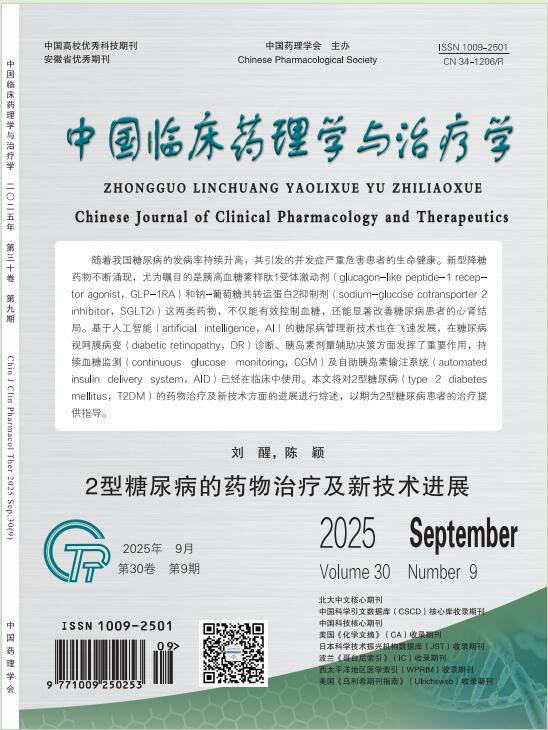AIM: To explore the intervention effect of Dahuangtang pellets (DHT) on diabetic nephropathy (DN) based on the AMP-activated protein kinase/mammalian target of rapamycin/unc-51-like kinase 1 (AMPK/mTOR/ULK1) signaling pathway. METHODS: Eight mice were randomly assigned to the model group, the dapagliflozin group, and the DHT (high, medium, and low dosage) group out of a total of 40 C57BL/KSJ-db/db (hereafter referred to as db/db) mice; another 10 C57BL/KSJ-db/dm mice were used as the normal group, saline was provided to the normal and model groups, and the mice in the treatment group received the appropriate medications. The medications were given for 10 consecutive weeks, once per day, to the mice in the treatment group. At weeks 0, 4, 8, and 10 of administration, fasting blood glucose (FBG) was assessed by drawing blood at a predetermined time from the tail vein; Urine samples were taken at 0, 5, and 10 weeks after treatment to evaluate the levels of albumin and creatinine, and the urinary albumin-creatinine ratio (ACR) was computed. After 10 weeks, mice in each group were assayed for 24 h total urine protein, serum creatinine (Scr), urea nitrogen (BUN) levels; Western blotting analysis was conducted to detect the expression of p-AMPK, p-mTOR, and p-ULK1, as well as the expression of autophagy related proteins homolog of yeast Atg6 (Beclin-1), autophagy-related proteins microtubule-associated protein 1 light chain 3 (LC3), P62 in renal tissue; Immunohistochemistry was used to measure the expression of podocyte lacunar membrane proteins (Nephrin, Podocin) in renal tissues; The pathological morphology of renal tissue was observed by light microscopy and transmission electron microscopy. RESULTS: Compared with the model group, FBG, ACR, and 24 h total urine protein were reduced in the dapagliflozin group and DHT groups of mice, and there was no statistically significant difference in Scr and BUN; In renal tissues, there is increased expression of p-AMPK and p-ULK1, decreased expression of p-mTOR, increased expression of LC3II/LC3I and Beclin-1, and decreased expression of P62 (P<0.01, P<0.05); differentially upregulated in glomeruli are the podocyte lacunar membrane proteins Nephrin and Podocin (P<0.01, P<0.05); renal pathologic damage was reduced to varying degrees; transmission electron microscopy showed an increase in the number of autophagic vesicles and autophagic lysosomes. CONCLUSION: DHT can delay the development of DN by regulating the AMPK/mTOR/ULK1 signaling pathway, enhancing podocyte autophagy, and protecting glomeruli.


